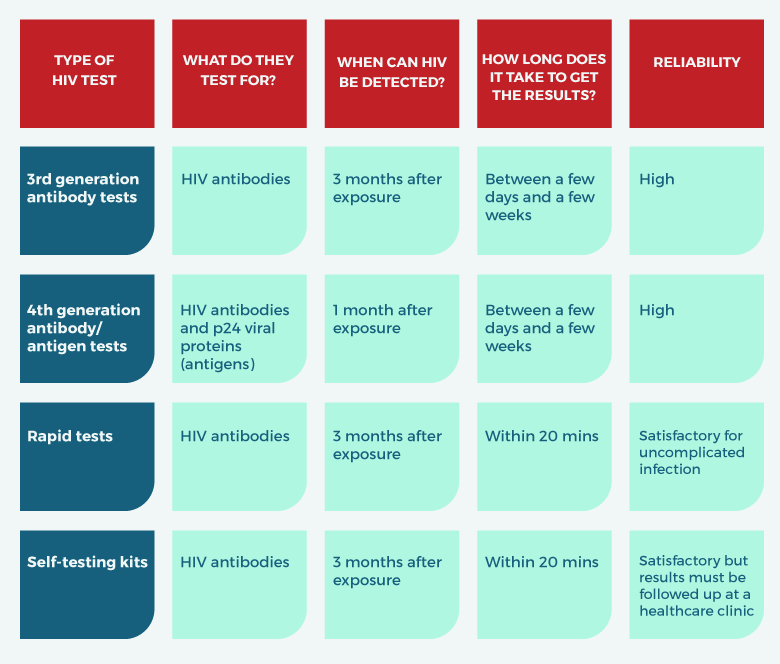HIV INFORMATION

What is HIV?
HIV (human immunodeficiency virus) is a virus that attacks cells that help the body fight infection, making a person more vulnerable to other infections and diseases. It is spread by contact with certain bodily fluids of a person with HIV, most commonly during unprotected sex (sex without a condom or HIV medicine to prevent or treat HIV), or through the sharing of needles (during drug use).
The person-to-person spread of HIV is called HIV transmission. HIV is spread only in certain body fluids from a person who has HIV:
- Blood
- Semen
- Pre-seminal fluids
- Rectal fluids
- Vaginal fluids
- Breast milk
Why get tested?
Around the world, 37 million people are living with HIV, the highest number ever, yet a quarter do not know that they have the virus. Knowing your HIV status has many advantages. It is an essential entry point to HIV treatment, prevention, care and support services. People who test positive for HIV should be linked immediately to antiretroviral therapy to keep them alive and well and, when viral load suppression is reached, prevent transmission of the virus. Knowing your HIV status also enables people to make informed decisions about HIV prevention options, including services to prevent children from becoming infected with HIV, male and female condoms, harm reduction services for people who inject drugs, voluntary medical male circumcision and pre-exposure and post-exposure prophylaxis.
What is involved in HIV testing?
There are a variety of different HIV tests that can be done. Make sure that if you are going to get tested, your health care worker explains the steps with you so that you are informed throughout the process. It is really common to feel a little worried about going for an HIV test, but making the decision to test is the best thing you can do for your health. The process is quick, painless, confidential and almost always free.
Here is an info-graph created by Avert on the various types of HIV testing:

Reducing the risks
How can I avoid sexual transmission of HIV?
Use condoms: when correctly and consistently used, the female condom and the male latex condom are the most effective available tools to reduce the sexual transmission of HIV and other sexually transmitted infections for people having sexual intercourse.
Take prophylactic medication(PrEP): Pre-Exposure Prophylaxis (PrEP) is the use of a combination of two antiretroviral drugs to prevent the acquisition of HIV infection by uninfected persons. The PrEP drug combination are antiretroviral drugs available for the treatment of HIV infection (tenofovir plus emtricitabine). This should not be confused with Post-Exposure Prophylaxis which is intended as an emergency measure after a possible exposure to HIV. PrEP should be an additional prevention choice in a comprehensive package of services that also includes HIV testing, counselling, male and female condoms, lubricants, ARV treatment for partners with HIV infection, voluntary medical male circumcision and harm reduction interventions for people who use drugs.
Be faithful, honest and open with your partner about past and present sexual experiences: some of us may be in a relationship where we can discuss the need either to be mutually faithful (*if you both know you are HIV-negative) or to practise safer sex within or outside of the relationship (avoiding penetrative sex, using male or female condoms consistently and correctly). This approach is not without risks. For example, a significant proportion of women living with HIV became infected by their husbands/partners, whom they trusted and to whom they were sexually faithful.
Youth LEAD works to educate young key populations on the various risk levels associated with different sexual practices. We work to empower young people through accurate information and through the process of knowledge-sharing on effective prevention measures.
Find Out More
Visit www.avert.org or www.unaids.org

